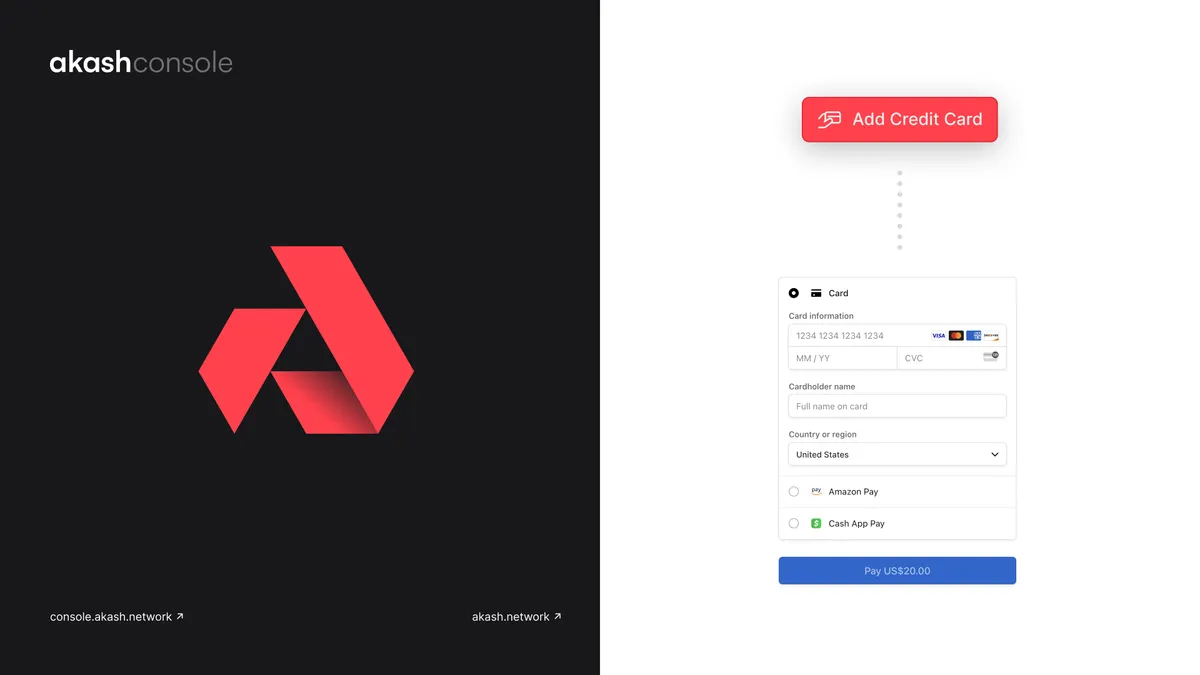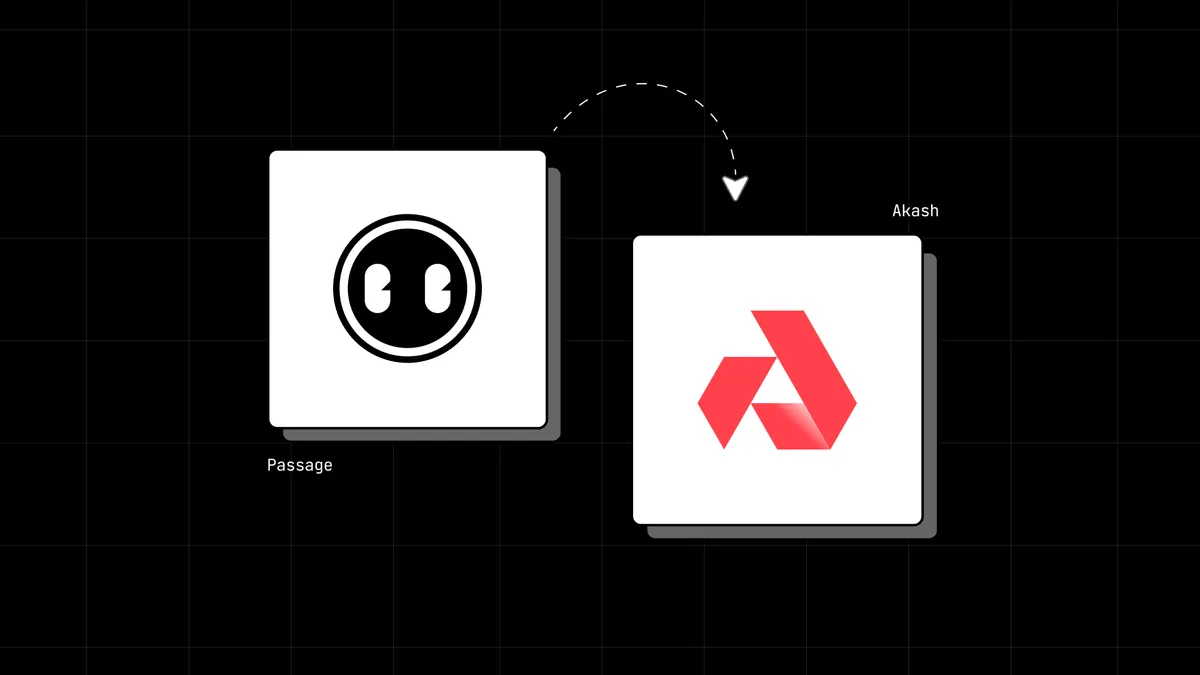
In a market expected to exceed $198 billion by 2024, the leading cloud providers–Amazon Web Services (AWS), Google Cloud, and Microsoft Azure–dominate the market with 56% market share, and this figure is expected to increase. This accelerated growth is tied to increased consumer demand for throughput and content, a global surge of smartphones, rapid development of web and mobile applications, and high costs of DevOps for on-premise server management.
Current services are inflexible and come at a high recurring cost with lock-in agreements. Outside of the large incumbent providers, organizations do not have many options for cloud computing. With an estimated 85% of server capacity underutilized and accelerated global demand for cloud computing, there is a critical need for flexibility, cost management, and automation. The cloud needs to evolve to a more distributed and decentralized infrastructure for greater flexibility, efficiency, and security.
In parallel, new innovations such as serverless technology is a paradigm shift in computing, freeing developers from set-up and server management, and enabling them to manage the resources needed to run applications.
As the Cosmos hub continues to grow and attract a diverse set of developers, we see the increasing need for simplicity and flexibility that serverless computing brings and a decentralized infrastructure that supports this growth.
That’s why Akash is bringing serverless computing to Cosmos, and better enabling the builders of today and tomorrow. Akash is the world’s first peer-to-peer supercloud for serverless computing, offering developers an open, permissionless, and secure marketplace for unused compute cycles.
On Akash, anyone with a computer can become a cloud provider by offering their unused compute cycles in a safe and frictionless marketplace.
Through Akash’s platform, developers can easily and securely access cloud compute at 10x lower cost than the current market providers (AWS, Google Cloud, and Microsoft Azure). The platform achieves these benefits by integrating advanced containerization technology with a unique staking model to accelerate adoption, built on Tendermint and Cosmos.
Akash <3s Cosmos
Tendermint attracted us because of its flexibility as a library with a modular and pragmatic design. We chose to build on Tendermint because of its iteration speed and community momentum. As a Go library, it was a natural fit in our stack.
We’re drawn to innovations that enable us to iterate and deploy quickly and without friction, and that enable us to increase efficiency. We made a bet on kubernetes in 2014 and now 80% of the cloud is deployed on kubernetes. We made a bet on Cosmos SDK in 2018 and it’s exciting to see its continued rapid growth and adoption.
Our economic model is built on the foundation laid down by Cosmos. We’ve developed a serverless cloud that is the most interoperable to date. Akash serves as a gateway for developers to leverage and connect with other decentralized services, such as NuCypher for key management, Storj for cloud storage, and Handshake for domain name services, with the least amount of friction possible.
The way it works is simple:
-
Developers define their needs in a simple contract language called SDL.
-
They place an order on the marketplace for which the providers bid for workloads, thereby guaranteeing the lowest price possible and this pricing happens using a native token, the AKT.
Once a lease is created, deployments happen automatically and settlement happens using a multi-token mechanism – we accept different tokens for fee settlement. For example, if you use NuCypher with Akash Network, you can pay using Bitcoin and have it swapped for NU without any effort on your end.
For the Cosmos community, we provide a production-ready open-source stack for bare metal. We recently open-sourced Akash Stack, a secure, scalable, and standardized software stack for developing, delivering, and debugging decentralized networks. We are exploring future payment support for stablecoins.
The Akash Token (AKT)
The Akash Token (AKT) performs three main functions, Resolve, Reward, and Reserve:
The AKT token is used to achieve economic security, incentivize early adoption, and normalize exchange rates.
Resolve: For governance, Akash relies on a blockchain where a set of validators vote on proposals. Each proposal is weighed by the proposer’s voting power, which is the total tokens they staked and the tokens bonded to them (stakers can delegate voting power to validators).
Reward: Providers on Akash stake tokens to subsidize operating and capital expenditures. Stakers are rewarded proportional to the number of tokens staked, the length of lockup time, and the overall tokens staked in the system. Lock up times can vary anywhere from one month to one year. Flexibility in lockup encourages stakers that stake for shorter periods (bear markets), in a self-adjusting inflationary system that is designed to optimize for lower price pressure during bear markets.
Reserve: Fees on Akash can be settled using a multitude of currencies, however, the market order book uses Akash Token (AKT) as the reserve currency of the ecosystem. AKT provides a novel settlement option to lock in an exchange rate between AKT and the settlement currency. This way, providers and tenants are protected from the price volatility of AKT expected to result from its low liquidity.
The Journey Ahead
Our current focus is to partner with great validators to secure the Akash Network blockchain and to grow our community of builders and developers.
If you’re a validator, or interested in becoming one, find out how you can earn 56% APR to 176% depending on AKT’s locked up, trade factor and lockup time.
Find Out More About Akash’s Validator Program
Join Us to Build the Future of the Cloud!
Riot: https://akash.network/chat
Telegram: https://t.me/AkashNW
Twitter: https://twitter.com/akashnet_
Github: https://github.com/ovrclk


